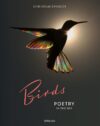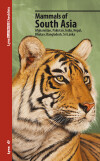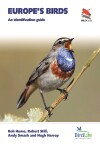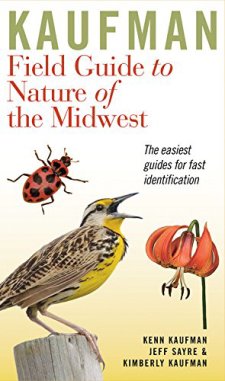 Kaufman Field Guide to Nature of the Midwest
Kaufman Field Guide to Nature of the Midwest
by Kenn Kaufman, Kimberly Kaufman, and Jeff Sayre
From Houghton Mifflin Harcourt:
The only field guide to bring along to identify the birds, mammals, trees, wildflowers, insects, reptiles, amphibians, fish, spiders, mushrooms, ferns, rocks, and sky of the Midwest.
Even if we focus on certain things in the outdoors, most of us are curious about everything else that might turn up. Serious birders, botanists, and entomologists all have their specialized guides, but this book is the guide to “everything else”—the one guide to take when you go out for a walk. Wow, that’s a cool-looking mushroom. Wonder what it is. Hey, look at that weird insect.
Birds, mammals, trees, wildflowers, insects, reptiles, amphibians, fish, spiders, mushrooms, ferns, grasses, even constellations overhead and rocks underfoot—it’s all here. With authoritative yet broad coverage, nontechnical language, and more than two thousand color photographs, this book is an essential reference for nature lovers living in or visiting Ohio, Indiana, Illinois, Michigan, Minnesota, Wisconsin, and Iowa.
If you live in one of the states covered, or will be visiting and spending significant time outdoors, I would highly recommend having this guide close by. “Combo guides” such as this can be really valuable if done well, and this series is done very well.
Kaufman Field Guide to Nature of the Midwest
by Kenn Kaufman, Kimberly Kaufman, and Jeff Sayre
Flexicover; 416 pages
Houghton Mifflin Harcourt; May 5, 2015
ISBN: 978-0618456949
$20.00

 Kaufman Field Guide to Nature of the Midwest
Kaufman Field Guide to Nature of the Midwest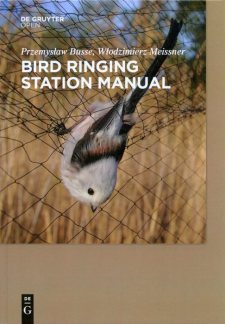 Bird Ringing Station Manual
Bird Ringing Station Manual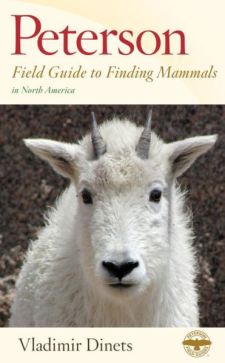 Peterson Field Guide to Finding Mammals in North America
Peterson Field Guide to Finding Mammals in North America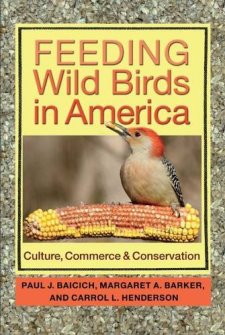 Feeding Wild Birds in America: Culture, Commerce, and Conservation
Feeding Wild Birds in America: Culture, Commerce, and Conservation
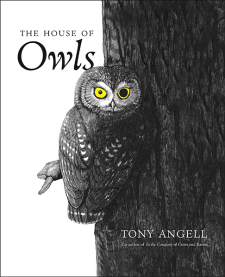 The House of Owls
The House of Owls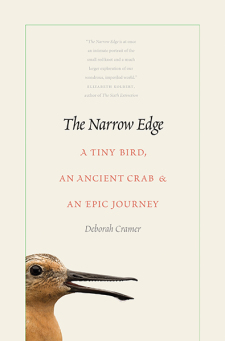 The Narrow Edge: A Tiny Bird, an Ancient Crab, and an Epic Journey
The Narrow Edge: A Tiny Bird, an Ancient Crab, and an Epic Journey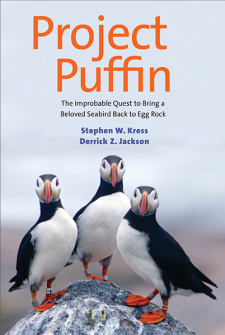 Project Puffin: The Improbable Quest to Bring a Beloved Seabird Back to Egg Rock
Project Puffin: The Improbable Quest to Bring a Beloved Seabird Back to Egg Rock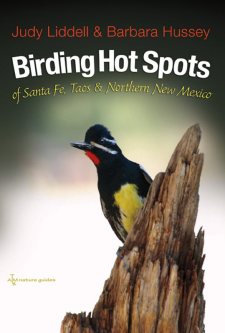 Birding Hot Spots of Santa Fe, Taos, and Northern New Mexico
Birding Hot Spots of Santa Fe, Taos, and Northern New Mexico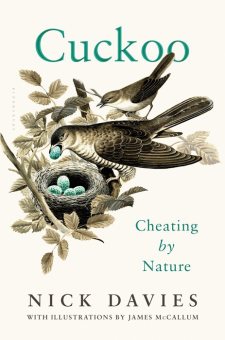 Cuckoo: Cheating by Nature
Cuckoo: Cheating by Nature



